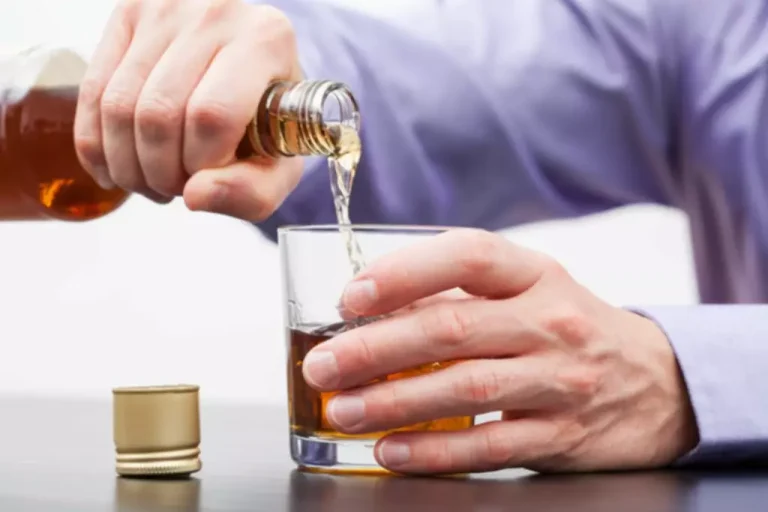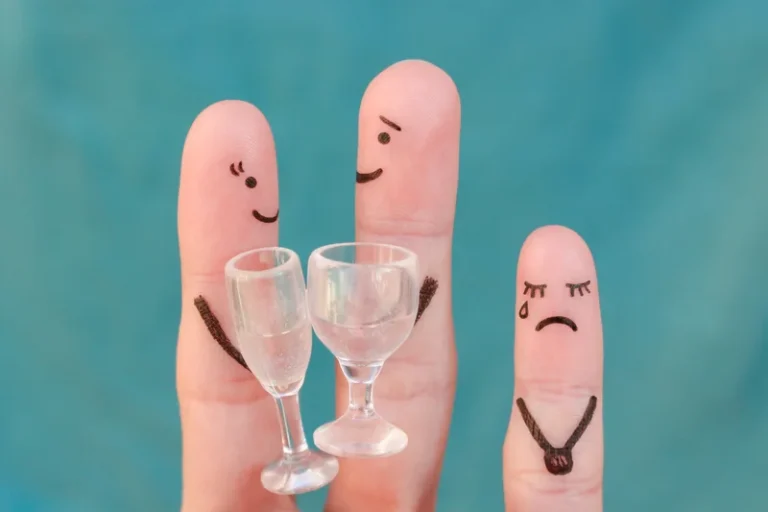That’s because alcohol can weaken your immune system, slow healing and make your body more susceptible to infection. Pancreatitis can be a short-term (acute) condition that clears up in a few days. But prolonged alcohol abuse can lead to chronic (long-term) pancreatitis, which can be severe.
What is the effect of alcohol on blood pressure?
But sometimes, a blood clot can form in — or travel to — an artery that supplies your heart or brain with oxygen-rich blood. This may lower your risk for the type of strokes caused by blockages in blood vessels. The case began when the man, who was in his 70s and lived in Japan, was found collapsed on the floor of his home and then brought to an emergency room. Doctors does alcohol thin blood found that the patient had severe metabolic acidosis, in which acid builds up in the blood. This condition had been brought on by a lung infection, a kidney injury and, potentially, heavy drinking, as the man had a history of alcohol dependence. Safety is the number one priority when it comes to drinking alcohol, and driving is just one well-known area of risk.
Signs Your Liver Is Healing From Alcohol
- This area of research was briefly outlined here; more comprehensive reviews on these mechanisms are available (Krenz and Korthuis 2012; Mathews et al. 2015).
- Alcohol can cause problems with the liver, pancreas, and nervous system, which can also make it harder to recover.
- Alcohol also causes damage to nerves and pathways, which disrupts communication between essential organs and bodily functions.
- Heavy drinking with these drugs increases the risk of stomach bleeding.
- Furthermore, alcohol can also interfere with the production and activity of clotting factors, which are essential for the blood clotting process.
- While it shows some promise for increasing energy levels and promoting well-being, the available science is limited.
For example, the NIAA advises that drinking alcohol while taking warfarin, which is a blood thinner, can have adverse effects. Blood clotting is essential to prevent blood loss when someone is injured or wounded. For example, if a blood clot forms and limits the flow of blood in the arteries, doctors call this thrombosis. Abstract understanding how alcohol can affect one’s cardiovascular system, what signs and symptoms to be aware of, and how to locate effective alcohol addiction treatment can be essential for making healthy life choices.
Frequently Asked Questions on Blood Thinning and Alcohol
That sticking action is how your blood cells form scabs, and can also be involved in blood clotting which can cause heart attacks and strokes [3]. It’s also important to note that heavy and chronic alcohol consumption can have more lasting effects on the blood clotting process even when not drinking. Yes, alcohol increases heart rate as well as raise blood pressure during the initial stages of intoxication. As a result, heavy drinking increases the risk of experience cardiovascular-related diseases such as heart attack and stroke. No, doctors strongly advise against drinking alcohol on blood thinners. Doing this can increase the risk of severe bleeding due to an accident or injury.
Types of Anticoagulants and Antiplatelet Medications:
It’s not recommended that you start drinking alcohol if you don’t normally. Having the restraint to consume only moderate amounts of alcohol may be challenging for some individuals. According to research, moderate consumption of alcohol has been found to cause a small increase in your HDL (good) cholesterol. Traumatic injuries are one of the most common causes of bleeding, but sometimes you can bleed spontaneously.
How many drinks is 0.08?
“Coagulation” is a term used to describe the process of blood cells known as platelets sticking together. When a person experiences an injury, those platelets travel to the area to form together into a blood clot to stop the bleeding. Ask your doctor if it’s safe for you to drink alcohol while taking blood thinners. Both alcohol and blood thinners like warfarin (Coumadin) thin your blood. Taking both together could compound the anticoagulant effect and increase your risk of bleeding.
It is believed that moderate alcohol intake, particularly of red wine, may help increase levels of high-density lipoprotein (HDL) cholesterol, often referred to as “good” cholesterol. HDL cholesterol plays a role in removing low-density lipoprotein (LDL) cholesterol, commonly known as “bad” cholesterol, from the bloodstream. Beyond the effects on bleeding and healing, excessive alcohol consumption can contribute to a range of other health risks.
Hemostatic Factors
- Alcohol consumption has various effects on the human body, including its impact on the blood.
- However, it’s important to note that any alcohol in your system will impair your cognitive and physical functions.
- Levels can range from 0% (no alcohol) to over 0.4% (a potentially fatal level).
- Eventually, you can develop permanent and irreversible scarring in your liver, which is called cirrhosis.
This article explores how alcohol affects the ability of the blood to clot. Finally, it answers some common questions about alcohol and blood thinning. For most people, consuming 2 to 3 drinks in 1 hour can impair you past the legal limit for driving.
Cancer risk
However, moderate consumption doesn’t significantly affect the metabolism of warfarin. Data from transgenic animal models and pharmacologic approaches strongly support a role for ethanol-induced oxidative stress in CV disease. In addition, there was no evidence of nitrative damage in mice bred to disrupt (i.e., knock out) the gene for angiotensin I receptor (AT1-KO) that had been given ethanol for a similar length of time (Tan et al. 2012). Pathophysiologic schema for the development of alcoholic cardiomyopathy (ACM). As noted in the text, the exact amount and duration of alcohol consumption that results in ACM in human beings varies.





